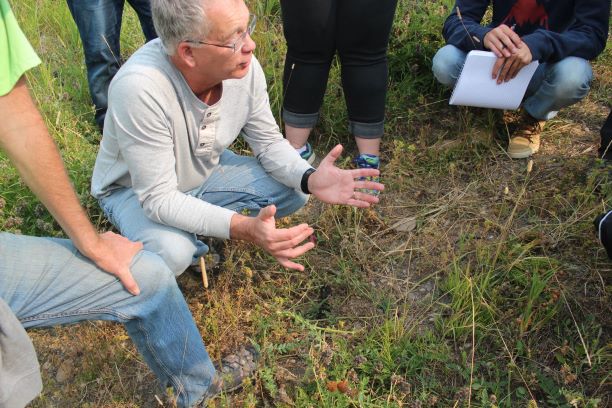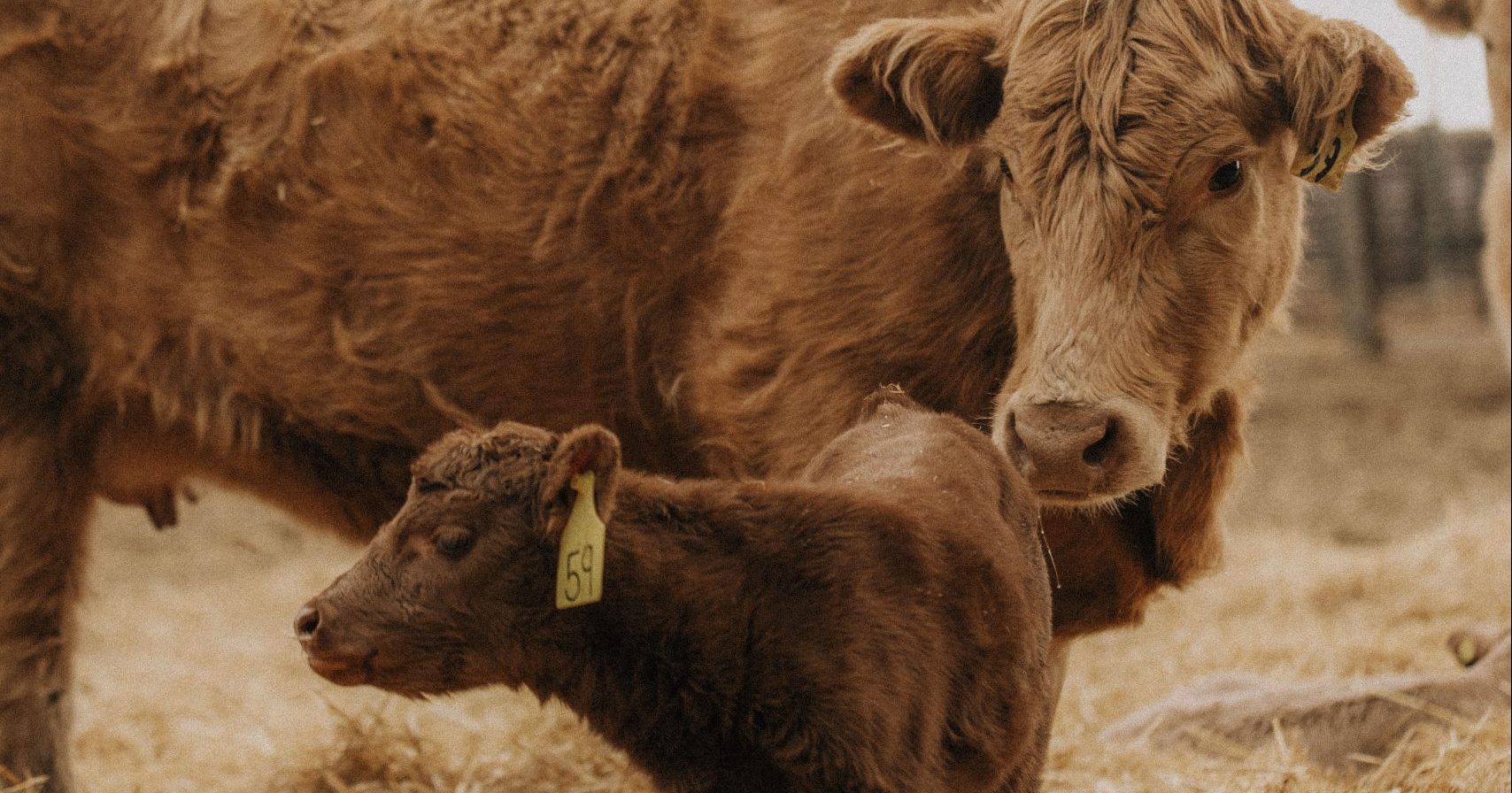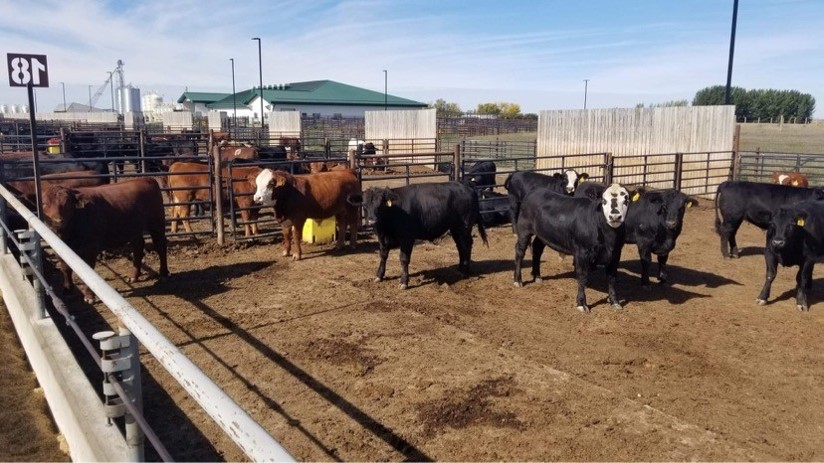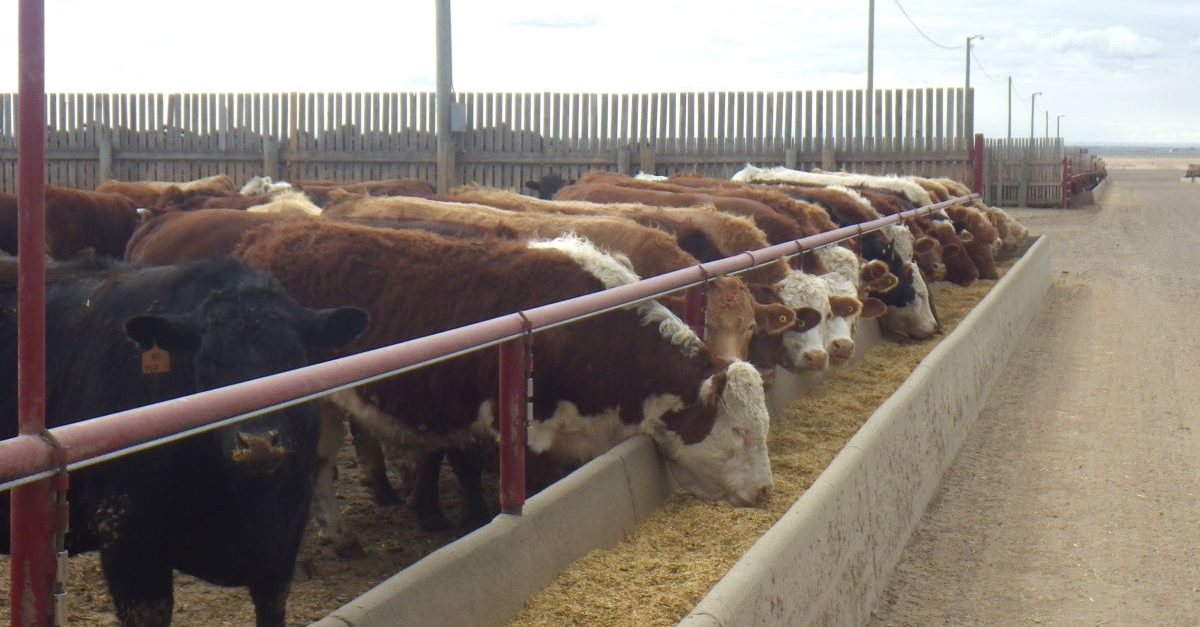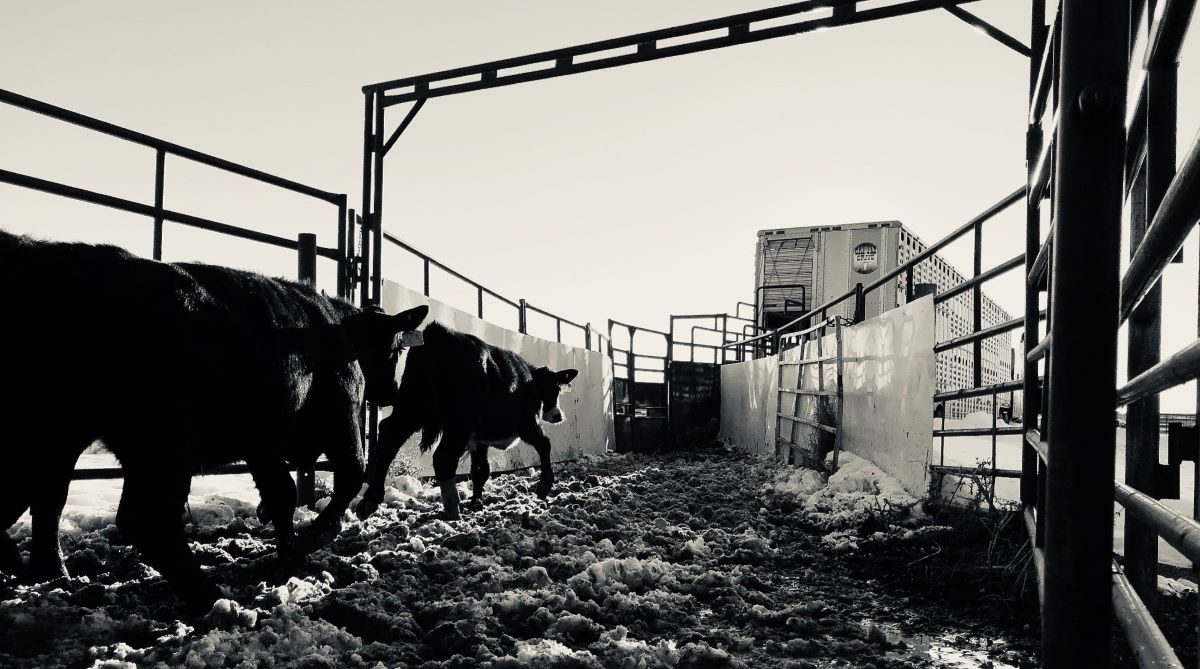AB Direct - Steers
Rail: 493.00-495.00 del
AB Direct - Heifers
Rail: 493.00-495.00 del
US Trade- Steers
Rail: 355.00 (IA, NE)
US Trade - Heifers
Rail: 355.00 (IA, NE)
Canadian Dollar
0.06
What We’re Reading | Cow Patty Critters: A new guide on Canada’s faecal friends
By Agriculture and Agri-Food Canada There is more to a cow pat than meets the eye. In Canada, an estimated 110 million dung pats (the weight of over 13,000 combines!) are deposited by cows every day. But what do we know about the community of insects, bacteria and other organisms that inhabit them? These critters are essential…
Share your thoughts on swathgrazing
Researchers at the University of Saskatchewan and Lakeland College are looking for cow-calf producers in Western Canada to provide their thoughts on the use of swathgrazing and spring residue cleanup. Producers don’t have to be currently swathgrazing to participate in the survey, as the researchers want to learn from adopters, non-adopters and dis-adopters of this…
ABP Research Showcase Highlights | Connecting grazing environments with the rumen microbiome
This is the seventh in a series of articles highlighting a selection of ABP-supported research projects that were featured at our Research Showcase in February 2023. Find the previous articles here. When it comes to studying the rumen microbiome of cattle, University of Alberta researchers are old hands. “We have done research to look at…
ABP Research Showcase Highlights | Using energy intake to impact colostrum quality
This is the sixth in a series of articles highlighting a selection of ABP-supported research projects that were featured at our Research Showcase in February 2023. Find the previous articles here. Winter conditions in Canada don’t always make it easy on beef females about to calve. Not only do the cold temperatures increase the metabolic…
Seeking producers for survey on wild pig interactions with livestock
Researchers at the University of Calgary are studying invasive wild pig interactions with livestock, and they’re looking for information from beef producers. If you’ve observed wild pigs interacting with your livestock, the researchers want to hear from you. Complete the survey here More information on this research can be found below:
ABP Research Showcase Highlights | Evaluating Johne’s disease control options
This is the fifth in a series of articles highlighting a selection of ABP-supported research projects that were featured at our Research Showcase in February 2023. Find the previous articles here. With no vaccine or treatment available, preventing and controlling Johne’s disease in livestock comes down to biosecurity measures and testing. However, testing for Johne’s…
ABP Research Showcase Highlights | Reducing liver abscesses with forage
This is the fourth in a series of articles highlighting a selection of ABP-supported research projects that were featured at our Research Showcase in February 2023. Find the previous articles here. Liver abscesses in finished cattle are on the rise, coming at a great cost to the Canadian beef industry. Liver discounts due to abscesses…
AFC announces $11.49 million in funding to 39 agriculture research projects
Thirty-nine research projects have been awarded $11.49 million in funding via the Agriculture Funding Consortium (AFC). The AFC is a body comprised of 18 agricultural organizations that leverage and coordinate funding to support sustainability, diversification and long-term growth for agriculture and the food industry in Western Canada. “This funding will have a significant impact on…
ABP Research Showcase Highlights | Delving into feedlot antimicrobial use
This is the third in a series of articles highlighting a selection of ABP-supported research projects that were featured at our Research Showcase in February 2023. Find the previous articles here. The global rise in antimicrobial resistance has been a hot topic for several years, with experts warning of the potential consequences for humans and…
The best tool to manage crops in 2023? Your shadow.
Sponsored Content – Bayer Optimal nutrition for your cattle starts from the ground up. Producers are constantly looking for ways to manage and improve the outputs from their operation, and that can include cereal crops for feeding purposes. Rory Cranston, North America Technical Development Manager for Cereals and Pulses at Bayer, has three tips for…
ABP Research Showcase Highlights | Getting the science on rest stops
This is the second in a series of articles highlighting a selection of ABP-supported research projects that were featured at our Research Showcase in February 2023. Find the first article here. In 2017, the Canadian Food Inspection Agency (CFIA) announced new livestock transport regulations were coming, prompting criticism that became a common refrain: the new…
ABP Research Showcase Highlights
In February, Alberta Beef Producers hosted researchers from across Canada, who presented the findings of several studies partially funded by ABP. This spring, we’re sharing highlights from these studies in a new series of articles that pinpoint why this research matters to beef producers. Connecting feed efficiency to weather resilience – Research in progress led…



